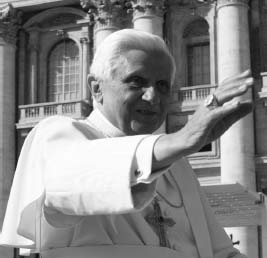ChristianityLeadership, Authority, and Religious Roles |
Is there a central teaching authority for Christians? What is a pope? |
Not since very early in Christian history have all (or at least the vast majority of) Christians acknowledged a central temporal authority. The role of the papacy through the centuries has been central to the story of pre-Reformation Christendom especially, and even churches that eventually repudiated papal authority indirectly acknowledged the importance of the institution. Roman Catholic tradition is structured around the institution of the papacy. Popes have exercised varying degrees of independence in their governance, depending on the will and vigor of the church’s bishops in any given period. Eastern Orthodox churches have had their unique authority structures in the form of a federation of fourteen independent autocephalies (four of which are the patriarchates of early Christian times) each further divided into eparchies (or dioceses). Since the Reformation, proliferation of Christian churches and denominations has spurred the development of a variety of governance styles and systems. Within individual denominations (such as the Baptist) and even their subdenominations (such as the Southern Baptist Convention), governing bodies do not always exercise overall prescriptive control. Their central authority is in many cases largely advisory, since local church communities in many denominations enjoy considerable autonomy, both structurally and financially.

Pope Benedict XVI was elected to lead the Catholic Church in 2005.
